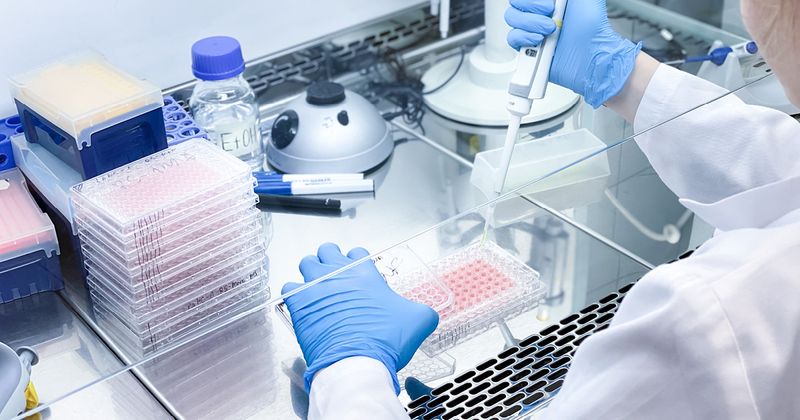Marrow venting, PRP did not significantly affect outcomes, survivorship of meniscal repair
Key takeaways:
- Meniscal repair with marrow venting and platelet-rich plasma did not significantly impact failure rates or outcomes.
- Adjuvants slightly reduced failure rates. However, results were not statistically significant.
BOSTON — According to presented results, meniscal repair with augmentation using marrow venting and platelet-rich plasma did not significantly affect patient-reported outcomes or survivorship at minimum 2-year follow-up.
“Marrow venting procedure is the release of bone marrow elements into the joint using a microfracture awl into the intra-articular notch to release some of those bone marrow elements and theoretically improve the healing capacity for meniscus tears,”

Jonathan D. Haskel, MD, said in his presentation at the Arthroscopy Association of North America Annual Meeting. “PRP [is an] autologous adjuvant containing growth factors implicated in meniscus matrix production. So, the question becomes: What is their relevance in reducing the reoperation rate in meniscus repair surgery?”

Haskel and colleagues compared outcomes and survivorship among 124 patients who underwent meniscal repair surgery. Overall, 34 patients underwent the procedure with no augmentation; 38 had repair surgery with marrow venting and PRP augmentation; 29 had repair surgery with PRP augmentation; and 23 had repair surgery with marrow venting augmentation.
At minimum 2-year follow-up, 112 patients had complete patient-reported outcome scores and 124 patients had complete data on failure rates.
Haskel noted meniscus repair was associated with improved outcomes for all patients, with no differences in preoperative or postoperative scores between any cohorts.
“Our failure rate was approximately 23%,” Haskel said. “Our repair alone group, without any adjustments, performed the worst with a 38% failure rate. Marrow venting performed the best at 10% failure rate; in the middle was PRP at 25% failure; and then the combination adjuvants [resulted in a] 19% [failure rate] for [marrow venting] and PRP.”
Haskel said augmentation with marrow venting alone, PRP alone and a combination of marrow venting and PRP reduced risk of failure according to hazard ratios. However, he noted these improvements were not statistically significant.
“[Marrow venting] and PRP don’t appear to function synergistically in our effect on meniscal healing,” Haskel said.

